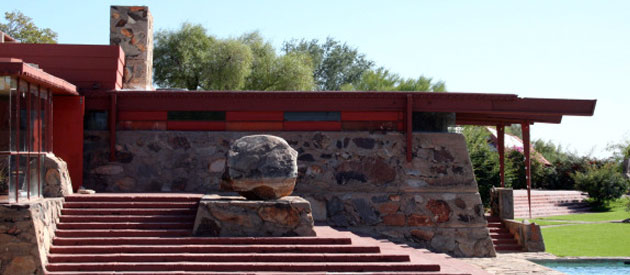Creator
Lebbeus Woods (1940-2012) is the author of several books published by Princeton Architectural Press books. Woods was an architectural illustrator.
A curation of Woods blog became a book edited by Clare Jacobson: Lebbeus Woods, Slow Manifesto
Purpose
The slow movement principles applied to architecture.
Manifesto
The new cities demand an architecture that rises from and sinks back into fluidity, into the turbulence of a continually changing matrix of conditions, into an eternal, ceaseless flux
architecture drawing its sinews from webbings of shifting forces, from patterns of unpredictable movements, from abrupt changes of mind, alterations of position, spontaneous disintegrations and syntheses
architecture resisting change, even as it flows from it, struggling to crystallize and become eternal, even as it is broken and scattered
architecture seeking nobility of presence, yet possessed of the knowledge that only the incomplete can claim nobility in a world of the gratuitous, the packaged, the promoted, the already sold
architecture seeking persistence in a world of the eternally perishing, itself giving way to the necessity of its moment
architecture writhing, twisted, rising, and pinioned to the uncertain moment, but not martyred, or sentimental, or pathetic, the coldness of its surfaces resisting all comfort
architecture that moves, slowly or quickly, delicately or violently, resisting the false assurance of stability
architecture that comforts, but only those who ask for no comfort
architecture of gypsies, who are driven from place to place, because they have no home
architecture of circuses, transient and unknown, but for the day and night of their departure
architecture of migrants, fleeing the advent of night’s bitter hunger
architecture of a philosophy of interference, the forms of which are infinitely varied, a vocabulary of words spoken only once, then forgotten
architecture bending and bending more, in continual struggle against gravity, against time, against, against, against
barbaric architecture, rough and insolent in its vitality and pride
sinuous architecture, winding endlessly and through a scaffolding of reasons
architecture caught in sudden light, then broken in a continuum of darkness
architecture embracing the sudden shifts of its too-delicate forms, therefore indifferent to its own destruction
architecture that destroys, but only with the coldness of profound respect
neglected architecture, insisting that its own beauty is deeper yet
abandoned architecture, not waiting to be filled, but serene in its transcendence
architecture that transmits the feel of movements and shifts, resonating with every force applied to it, because it both resists and gives way
architecture that moves, the better to gain its poise
architecture that insults politicians, because they cannot claim it as their own
architecture whose forms and spaces are the causes of rebellions, against them, against the world that brought them into being
architecture drawn as though it were already built
architecture built as though it had never been drawn
Source
https://lebbeuswoods.wordpress.com/2009/01/07/slow-manifesto/
Comment
A classic long list manifesto based on the slow movement. This time applied to architecture. It’s a good example of a philosophy – slow – being applied to a range of new areas.
More
Christopher Richards, The Slow Movement



